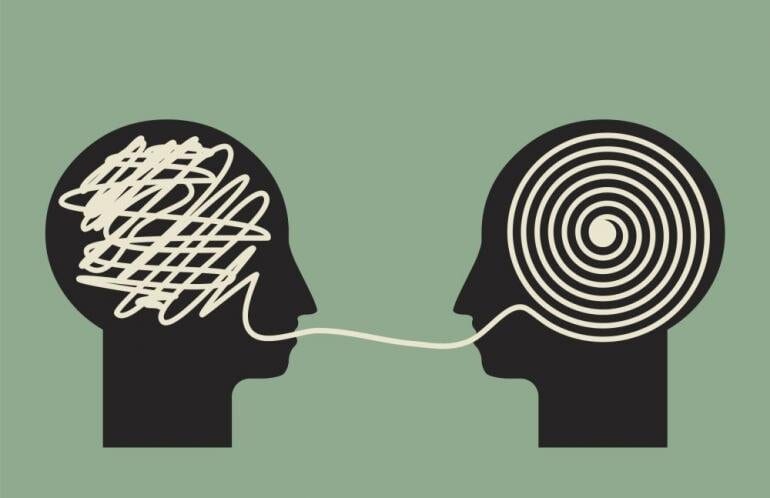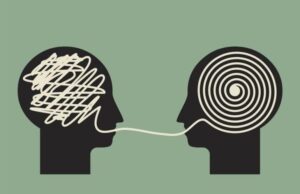Back Translation: Definition, Process, and Requirements
Requesting a quality review from a bilingual employee may appear to be a simple solution to check the accuracy of your back translation.
In actuality, it’s the same as asking your car-obsessed uncle to help you fix your car rather than bringing it to a mechanic. It can work on occasion, but it almost always ends in tragedy. (Plus, you still need to take the automobile to the mechanic.)
One of the most crucial aspects of any translation process is quality assurance. Reviewing translations is one technique to assess quality, especially when there are several back translation possibilities.
What is back translation, and how does it work?
For example, if you’re translating text from English to Swedish, the translator will also produce a translation in English so that the translated option’s purpose is clear. Back translations do not affect the translator’s translation memory or other resources such as glossaries.
The reverse translation allows the content owner to see the creative license taken by the translators in adapting the text for their target market. And, for content this complicated, the back translation will frequently provide many alternatives so that the source content owner may make the best selection for the brand.
This is sometimes mistaken with double translation, a translation approach in which one translator makes numerous copies of a piece of text to accommodate differences in specific terms and phrases.
Back translation is frequently used as a means of quality control. This is how the back translation works:
• The source material is translated into the new language by a linguist.
• The linguist then physically back translation the localized string back into the original language to express the translation’s meaning.
• The content owner or project manager chooses the choice that best represents the original content’s brand, tone, and intent.
Why would you employ the process of back translation?
Many translation customers believe that by conducting a “blind test,” they can compare the quality of different translators or firms. First, they assign a project to a single translator. The final translation is then sent to a second vendor, who is tasked with returning it to the original language. Finally, the back translation two versions are compared to see how close they are. They believe that by comparing the versions, they would be able to detect mistakes.
Is this a doomed procedure?
Errors might happen at any time during the procedure. However, because of the discrepancies between the source text and the translated text version that occur during the typical localization process, it’s pretty improbable that you’ll ever discover an identical duplicate from back translation.
Translators frequently apply minor cultural adjustments to make text convincing back translation, compelling, and relevant to your audience (called transcreation). You can see that the exact phrase, “Move the World with Words,” may be expressed in many ways.
For the sake of this assignment, that’s fine: a marketing slogan should resonate with the target demographic, be snappy and short enough to fit at the top of a flyer or Facebook ad, and, in this case, convey the appropriate metaphor.
Back translation’s actual value lies in its usage as a technique of quality control. Other writing, such as marketing slogans, blog entries, and sales brochures, may not require precise correctness back translation. Nevertheless, back translation puts you in the driver’s seat when it comes to risk management.
To read more exciting blog: https://24x7offshoring.com/blog/
The most effective sorts of back translation content
When a blog article is translated, the content should still convey the source, and the reverse translation should not be necessary since the language should not have deviated too far from your original message.
This may entail rearranging phrases or even paragraphs and switching out content such as images—but the original idea and even terminology will, for the most part, stay intact.
Other sorts of content, on the other hand, may necessitate back translation. Industries with critical, high-risk material that requires accuracy, such as medicine, where mistranslations might mean the difference between life and death.
This covers things like:
• Clinical trials, medical equipment, clinical trials, pharmaceutical corporations, and permission forms are all medical terms.
• Survey findings, surveys, polling, and research are all examples of data.
• Contracts, legal documents and instruments, case files and other relevant documentation, insurance policies, and other legally binding documents are all examples of legal documents back translation.• Financial reporting, earnings, performance, and regulatory filings are all aspects of finance.
• Operating instructions, safety manuals, software agreements and copies, food packaging, and import/export papers are all manufacturing or product documentation examples.
When should you employ back translation services…and when should you avoid them?
Routine QA testing and automated reporting may provide you peace of mind for most of your translation needs if you’re working with a reliable localization partner like Smarting.
Back translation is helpful in a few specific situations.
If you need to use back translation, do so.
You operate in a highly regulated area, such as financial services, healthcare, or insurance, and you have to manage risk or satisfy regulatory criteria regularly.
You care more about precision and particular language than you do about originality, style, or expression.
Because back translation adds a layer to the process and requires time for multiple languages, you have more time and money.
back translation isn’t required if…
• Your task isn’t very delicate or dangerous.
• More than a “perfect” translation, you value creative expression, style, and grammar.
• Your material has a more sophisticated approach to translation since it deals with unclear issues or enormous ideas.
Translation is one method of ensuring translation quality. You may smoothly communicate back-and-forth with translators using Smartling’s transcreation tool to understand how the process works, add back translations to your strategy, choose your favorite transcreation choices, and more back translation.
Continue reading, just click on: https://24x7offshoring.com/blog/




 Afrikaans
Afrikaans Albanian
Albanian Amharic
Amharic Arabic
Arabic Armenian
Armenian Azerbaijani
Azerbaijani Basque
Basque Belarusian
Belarusian Bengali
Bengali Bosnian
Bosnian Bulgarian
Bulgarian Catalan
Catalan Cebuano
Cebuano Chichewa
Chichewa Chinese (Simplified)
Chinese (Simplified) Chinese (Traditional)
Chinese (Traditional) Corsican
Corsican Croatian
Croatian Czech
Czech Danish
Danish Dutch
Dutch English
English Esperanto
Esperanto Estonian
Estonian Filipino
Filipino Finnish
Finnish French
French Frisian
Frisian Galician
Galician Georgian
Georgian German
German Greek
Greek Gujarati
Gujarati Haitian Creole
Haitian Creole Hausa
Hausa Hawaiian
Hawaiian Hebrew
Hebrew Hindi
Hindi Hmong
Hmong Hungarian
Hungarian Icelandic
Icelandic Igbo
Igbo Indonesian
Indonesian Irish
Irish Italian
Italian Japanese
Japanese Javanese
Javanese Kannada
Kannada Kazakh
Kazakh Khmer
Khmer Korean
Korean Kurdish (Kurmanji)
Kurdish (Kurmanji) Kyrgyz
Kyrgyz Lao
Lao Latin
Latin Latvian
Latvian Lithuanian
Lithuanian Luxembourgish
Luxembourgish Macedonian
Macedonian Malagasy
Malagasy Malay
Malay Malayalam
Malayalam Maltese
Maltese Maori
Maori Marathi
Marathi Mongolian
Mongolian Myanmar (Burmese)
Myanmar (Burmese) Nepali
Nepali Norwegian
Norwegian Pashto
Pashto Persian
Persian Portuguese
Portuguese Punjabi
Punjabi Romanian
Romanian Russian
Russian Polish
Polish Samoan
Samoan Scottish Gaelic
Scottish Gaelic Serbian
Serbian Sesotho
Sesotho Shona
Shona Sindhi
Sindhi Sinhala
Sinhala Slovak
Slovak Slovenian
Slovenian Somali
Somali Spanish
Spanish Sundanese
Sundanese Swahili
Swahili Swedish
Swedish Tamil
Tamil Tajik
Tajik Telugu
Telugu Turkish
Turkish Ukrainian
Ukrainian Urdu
Urdu Uzbek
Uzbek Thai
Thai Vietnamese
Vietnamese Welsh
Welsh Xhosa
Xhosa Yiddish
Yiddish Yoruba
Yoruba Zulu
Zulu